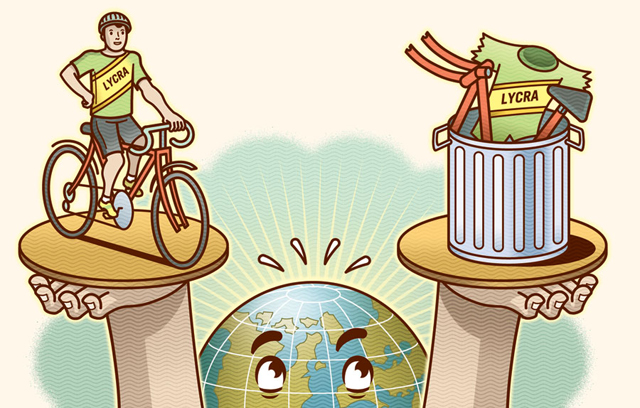sierraclub.org - sierra magazine - january/february 2011 - grapple: as the world warms
Stormy Weather | Alas, Poor Blobby | United Nations of Climate Change | Woe Is Us | As the World Warms | Powering Up the Amazon | Up to Speed
AS THE WORLD WARMS
Quick thinking before we slowly fry
Cattle burps, farts, and excrement are responsible for 18 percent of the world's global-warming gases. But a study from the International Livestock Research Institute suggests that a more refined bovine menu could reduce their climate impact. Degraded pasturelands in the tropics could be replanted with Brachiaria, a grass that absorbs carbon. Cattle that ate the nutritious Brachiaria would produce up to three times more meat or milk, thus reducing the overall number of gassy eructations, the study claims.
Exelon Corporation, the nation's largest nuclear-power generator, has moved into the wind business. Shortly after shelving plans for a two-unit nuclear power plant in Texas, the electricity giant bought John Deere Renewables, making it the producer of 735 new megawatts of renewable power. Exelon already owns 352 megawatts of wind production and has an additional 230 megawatts in development, giving it something to fall back on in case that nuclear thing doesn't work out.
Back in the 17th century, Benedictine monk Dom Perignon figured out how to use thicker glass to stop champagne bottles from exploding under pressure. But today, shipping those bottles, which typically weigh two pounds, from France's Champagne region to eager quaffers around the world generates some 200,000 metric tons of CO2 emissions annually. This year's bubbly is being fermented in bottles weighing 2.3 ounces less, thus saving 8,000 metric tons of CO2. Cheers! —Dashka Slater

Peter and Martha Hoey
ON THE ONE HAND . . .
Pedal power is on the rise. The annual number of U.S. bike trips grew by 700 million between 1995 and 2009--an increase of 20 percent. That's good news for the planet, the urban environment, and our collective waistline. A 150-pound cyclist who rides four miles by bike, rather than by car, prevents the release of 15 pounds of airborne pollutants and burns 181 calories. Bonus points: That ride also eases traffic, creates more livable communities, and saves the cyclist money.
ON THE OTHER . . .
Tooling around on your ultralightweight carbon-fiber frame while swathed in Lycra isn't all baby birds and wildflowers. Carbon-fiber frames can't be repaired or recycled, and because they're prone to stress cracks, bikes boasting them get ridden to the dump far sooner. And those Lycra or Coolmax cycling duds come from Koch Industries, the second-largest privately held U.S. oil company. Koch, whose other flimsy products include Dixie cups and the Cato Institute, has spent nearly $50 million funding climate-change denial.—D.S.
Powering Up the Amazon